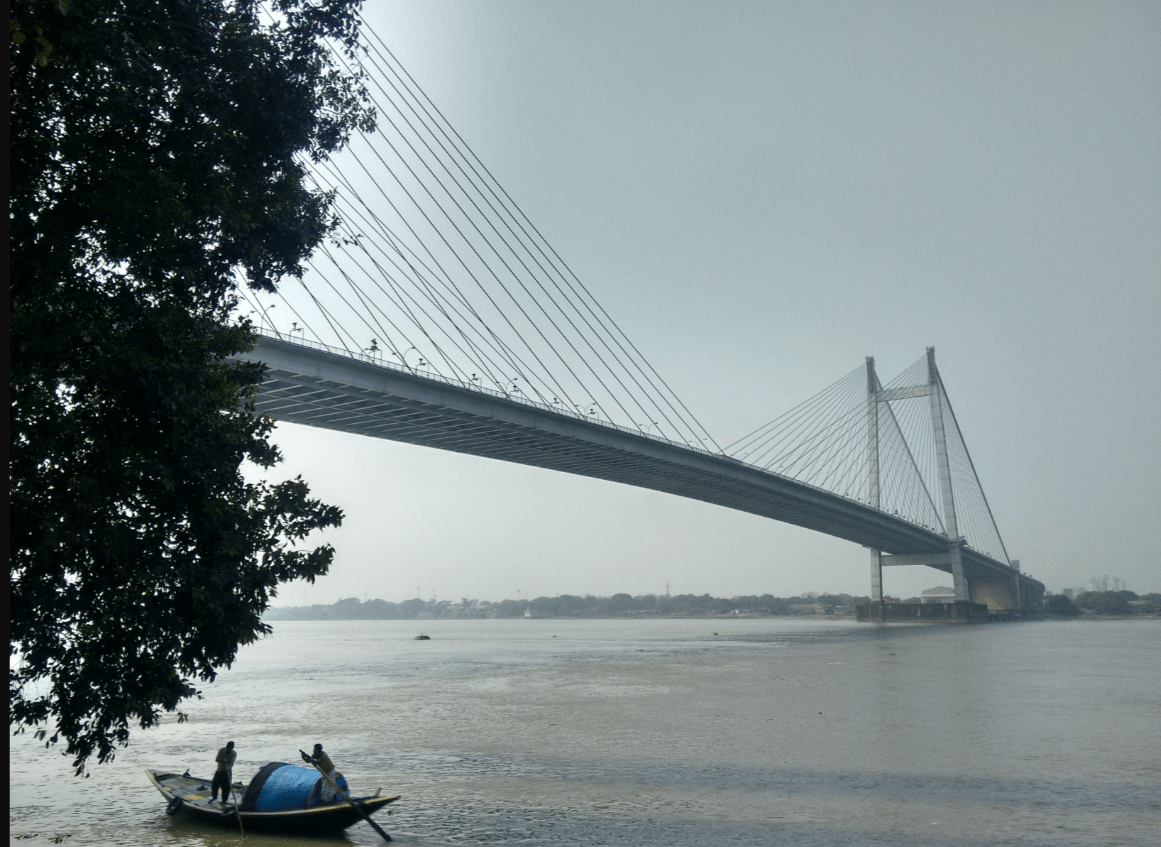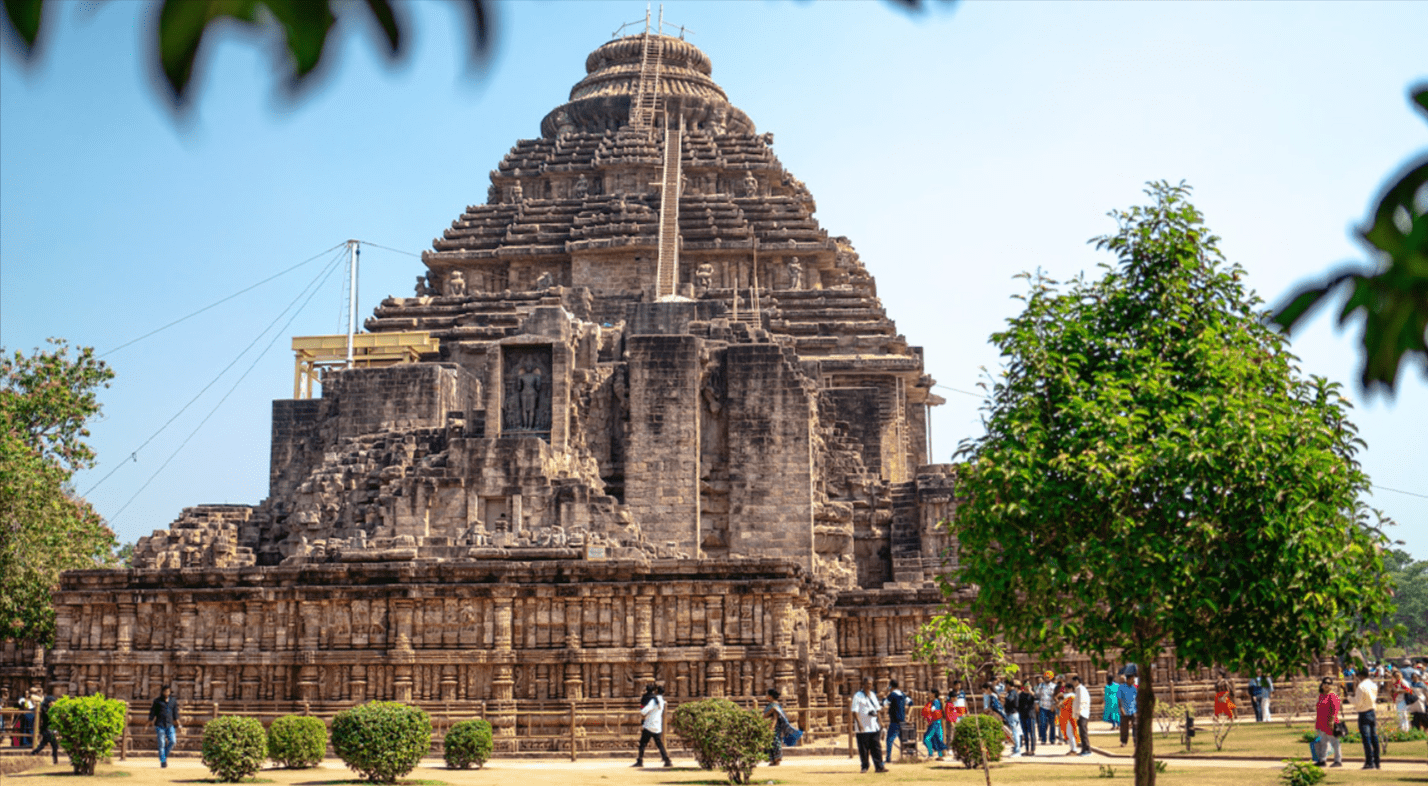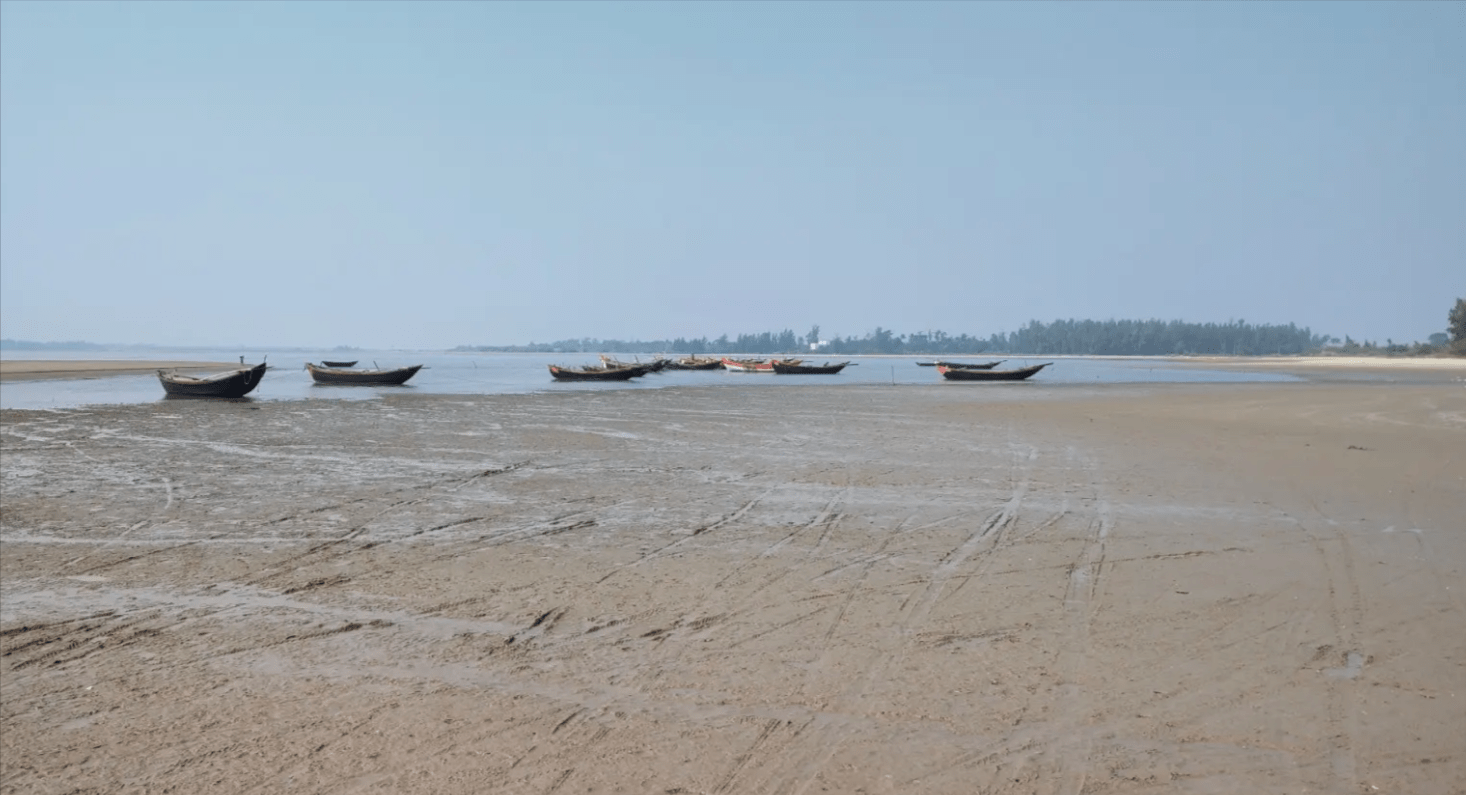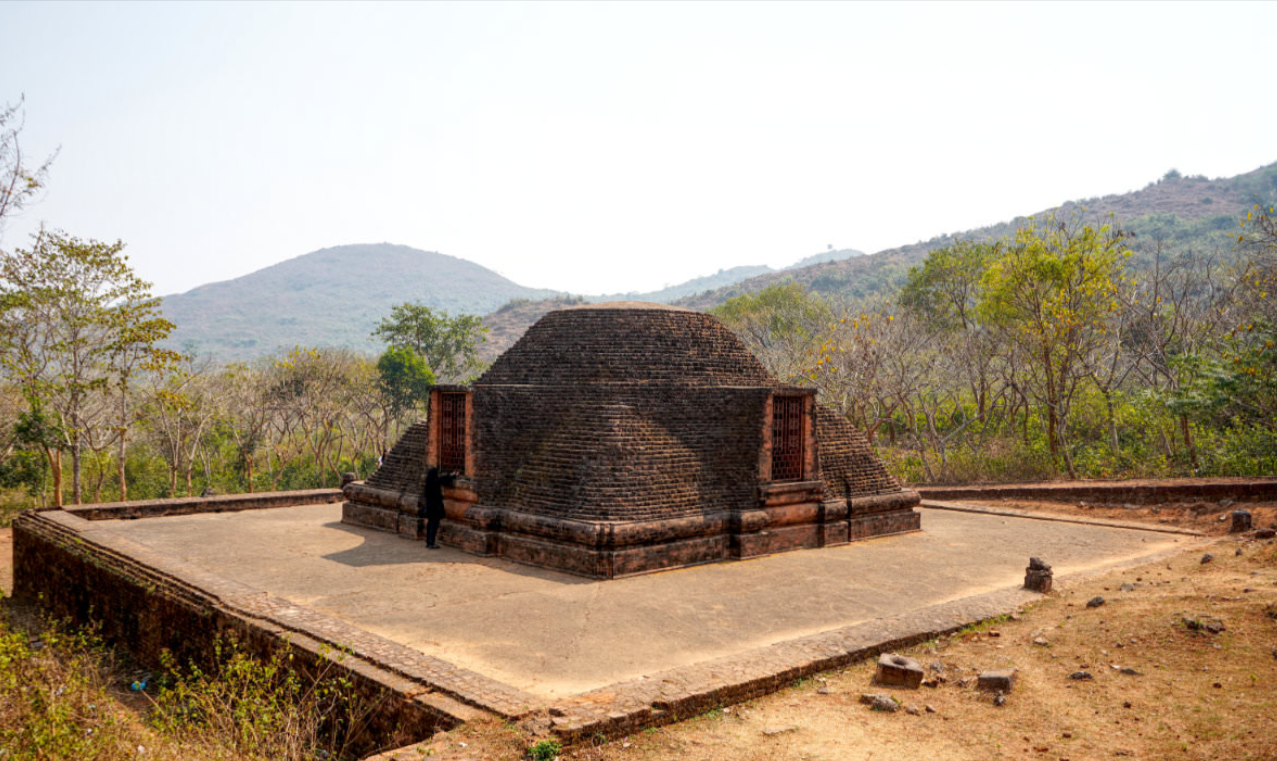Prinsep Ghat, Kolkata: The majestic white edifice stands tall, elegantly overlooking the flowing river beside it. As my day comes to an end here, I find solace in watching the river carry away the city’s grime, mirroring how it clears my mind of doubts and negativity. Princep Ghat, or Prinsep Ghat, always has this reassuring effect on me. After covering various monuments and graveyards, we now explore this enchanting ghat in Kolkata in our series.
Bengalis and Kolkatans are inherently romantic, often reciting Tagore at every opportunity. For us, Princep Ghat is among the most romantic spots in Kolkata. It’s the ideal place to catch up with friends, enjoy conversations over phuchkas and bhelpuris, or reconnect with old acquaintances. Situated along the picturesque Hooghly River, this memorial honors James Prinsep, and the nearby Vidyasagar Setu enhances its allure even more.
Princep Ghat and Vidyasagar Setu are two of Kolkata’s most renowned tourist attractions.
Where is Prinsep Ghat located?
Prinsep Ghat is positioned between the Water Gate and St. George’s Gate of Fort William, beside the Hooghly River. This monument stands as a remarkable example of colonial architecture in Kolkata. Though it might seem distanced from the river, it was once accessed via stone steps that have since been submerged as the river has receded over time.
Who was James Prinsep?
James Prinsep, son of John Prinsep, a wealthy indigo planter turned East India Company merchant, was a prominent scholar. Although he initially studied architecture under Augustus Pugin, he had to abandon his studies due to an eye infection. He began his tenure as the Assistant Assay Master at the Calcutta Mint on September 15, 1819.
In researching James Prinsep, I was impressed by his brief yet distinguished life, prompting further exploration. He was a man of science with a background in architecture and chemistry. In 1820, he embarked on a journey to Benaras, traveling by a budgerow (a cabin barge) with his equipment and books in a second boat.
Prinsep became the Assay Master in Benaras, where he tested the metal quality used in coins. In addition to his official duties, he undertook significant pro bono work. He created detailed maps of Benaras in 1822 for administrative and local use and worked on drainage solutions for the city’s swampy outskirts, a precursor to modern infrastructure. He also repaired the minarets of the Alamgir Mosque.
Returning to Calcutta after a decade, he continued his brother’s project to build a canal connecting the Ganga’s distributaries, a precursor to the Inland Waterways Project. As an assay master, he introduced a system of uniform coinage.
Prinsep’s most notable achievement was deciphering the rock edicts of Emperor Ashoka in Pali Script. His work in 1837 revealed the Brahmi script, recovering the life and work of Emperor Ashoka. He also deciphered the Kharoshti script from coins found in present-day Pakistan and Afghanistan.
His intensive work eventually impacted his health, and he returned to England before turning 40. He died on April 22, 1840, due to a condition described as “softening of the brain.”
In 1843, the Princep Ghat Memorial was erected in his honor. Designed in Palladian style by W. Fitzgerald, the monument was funded by public subscription.
More about Prinsep Ghat, Kolkata
Prinsep Ghat was once considered one of the grandest river access points. It was constructed to replace Chandpal Ghat as the main embarkation and disembarkation site for significant visitors. It was a focal point during the visits of Albert Edward, Prince of Wales in 1875, the Prince of Wales (later King George V) in 1905, and the British royal family in 1911.
The monument bears a resemblance to Berlin’s Brandenburg Gate on a smaller scale, featuring six sets of Ionian columns and a 40-foot white roof. Though neglected for a time, it was restored in 2001 as part of a government beautification project and remains a popular destination. Visitors can enjoy the lawns, strolls, and river views, with many photographers and models frequenting the site.
Prinsep Ghat Railway Station
The Princep Ghat Railway Station, part of Kolkata’s Circular Railway, offers scenic rides. Taking a train from Princep Ghat to Bagbazar provides beautiful views of the Hooghly River and Howrah Bridge. From Bagbazar, a return launch to Baboo Ghat is a convenient option.
Entry Fees
There is no entry fee to visit Princep Ghat. Visitors can freely explore the monument, sit in the lawn, and take pictures. However, better maintenance could be beneficial, and entry fees might be considered in the future.
Leave No Footprints
We’ve visited Princep Ghat numerous times and often found graffiti and betel stains on the walls. Such acts of vandalism are highly discouraged. We recommend having a guard at the site to preserve this heritage structure and urge everyone to contribute to keeping our city clean.
How to Reach Princep Ghat?
Princep Ghat is a key landmark in Kolkata. If traveling from Howrah, a ferry ride to Baboo Ghat is recommended, followed by a short walk to the ghat. Alternatively, yellow taxis, Ola, or Uber are available, but the ferry ride offers a unique experience.
Places Nearby
Nearby attractions include Victoria Memorial, St. Paul’s Cathedral, Esplanade, Rabindra Sadan, and Birla Planetarium.



